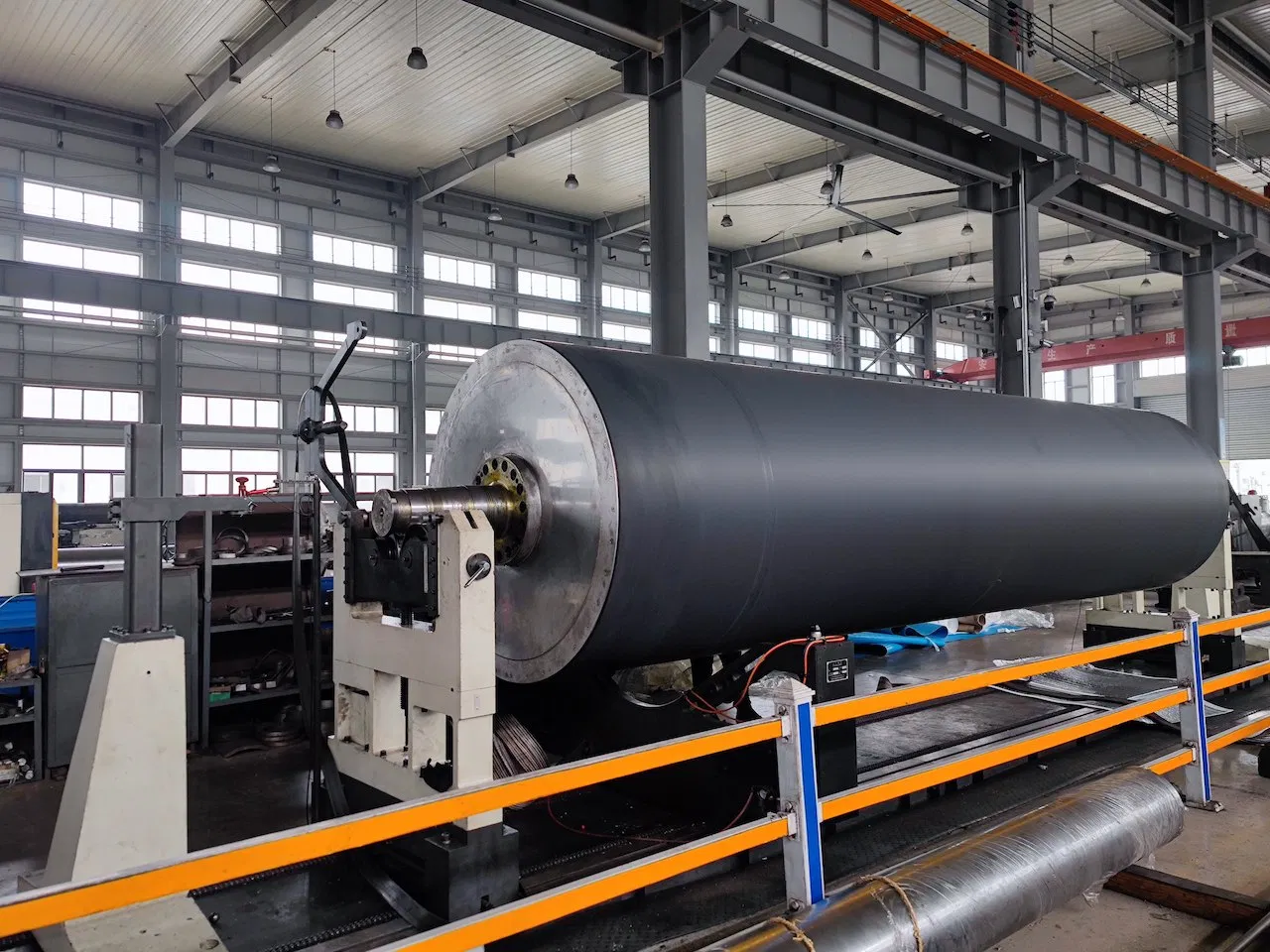Understanding the Importance of Roller Maintenance
Paper machine rollers are essential components in the paper manufacturing process, playing a critical role in the formation, drying, and finishing of paper products. Regular roller maintenance is crucial for ensuring optimal performance, minimizing downtime, and extending the lifespan of your equipment. This guide will provide an overview of best practices for paper machine roller maintenance.
Preventive Maintenance Measures
Implementing a preventive maintenance program can significantly reduce the likelihood of unexpected breakdowns and improve overall equipment efficiency. Some key preventive maintenance measures include:
- Regularly inspecting rollers for signs of wear, damage, or misalignment
- Lubricating bearings and other moving parts according to manufacturer recommendations
- Cleaning rollers to remove dirt, debris, and contaminants that can compromise performance
- Scheduling periodic roll grinding or reconditioning to restore surface finish and diameter
Common Roller Maintenance Procedures
Certain roller maintenance procedures are commonly required to address specific issues or improve performance. These may include:
- Roll grinding: Grinding the roll surface to remove imperfections, restore diameter, and improve finish
- Roll recovering: Applying a new covering to the roll surface to extend its service life
- Roll balancing: Balancing the roll to minimize vibration and improve stability during operation
- Bearing replacement: Replacing worn or damaged bearings to ensure proper roll rotation and minimize friction
Choosing the Right Maintenance Partners
Working with experienced and reputable roller maintenance service providers is essential for ensuring the highest quality workmanship and minimizing equipment downtime. Key factors to consider when selecting a maintenance partner include:
- Expertise in paper machine roller maintenance and repair
- Availability of state-of-the-art equipment and technologies
- Commitment to quality, safety, and environmental responsibility
- Ability to provide timely and cost-effective solutions
Training and Continuous Improvement
Investing in regular training for your maintenance team can help ensure that they have the knowledge and skills necessary to perform roller maintenance tasks effectively and efficiently. Additionally, implementing a continuous improvement program can help identify opportunities for enhancing maintenance practices, reducing costs, and improving overall equipment performance.



